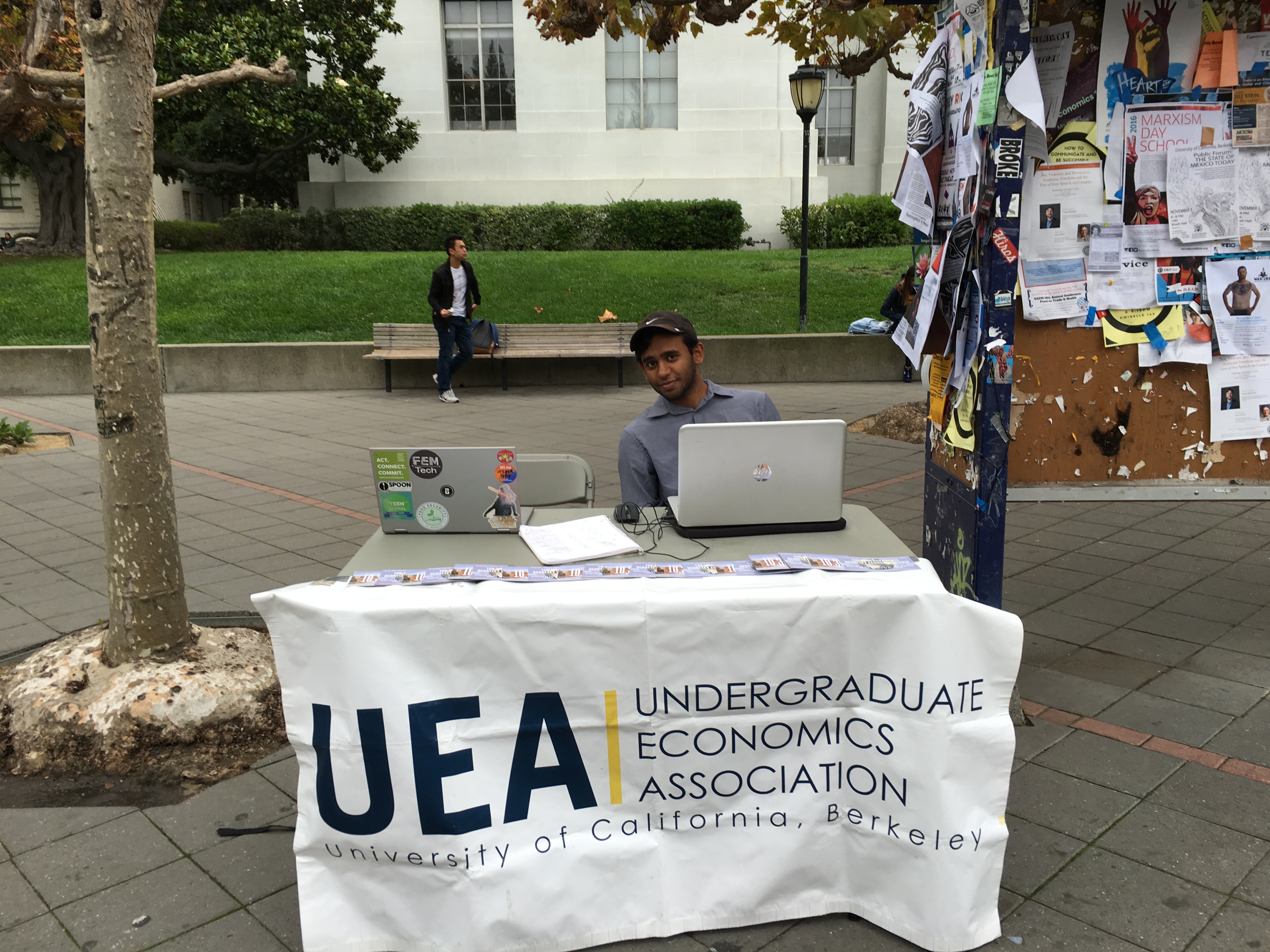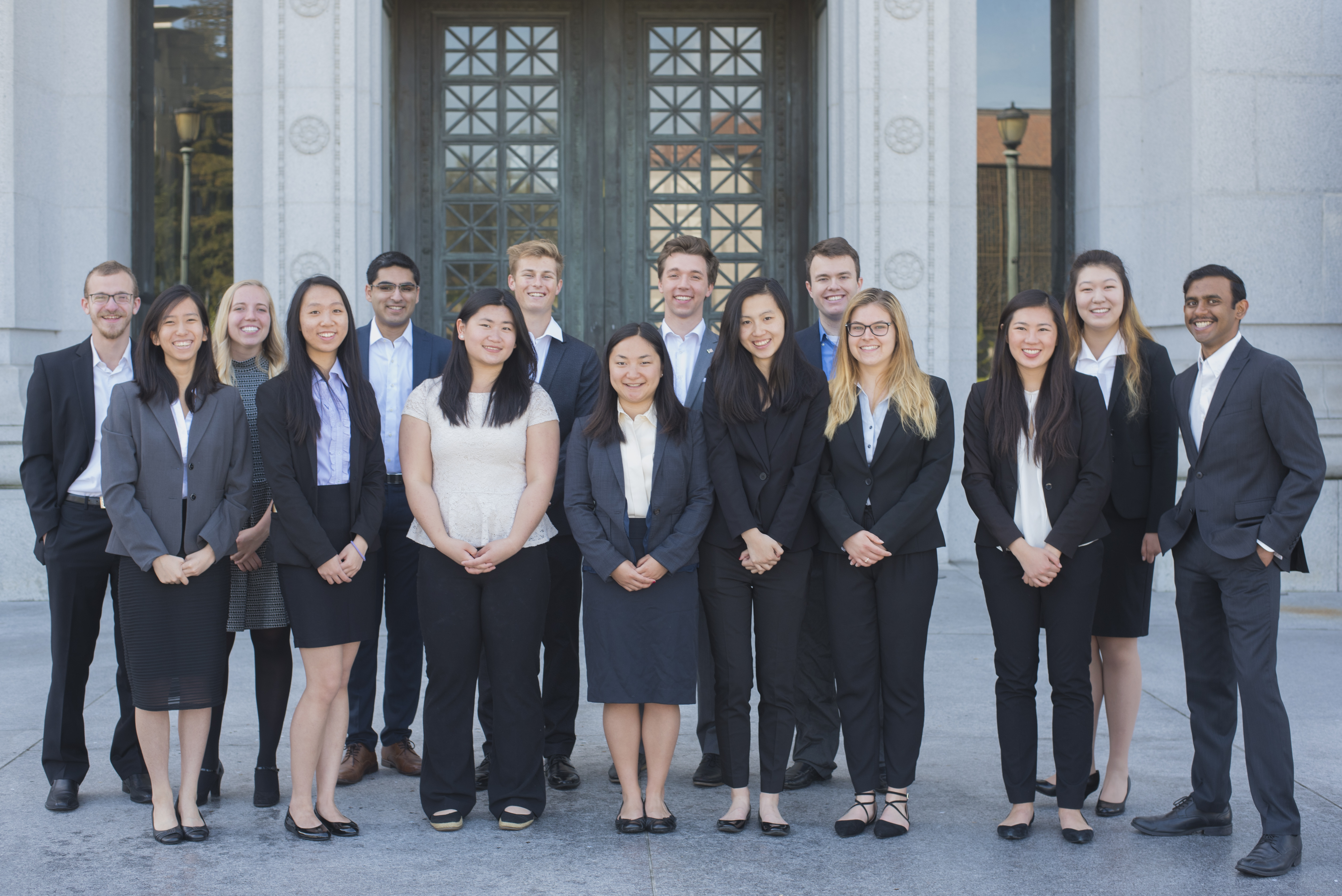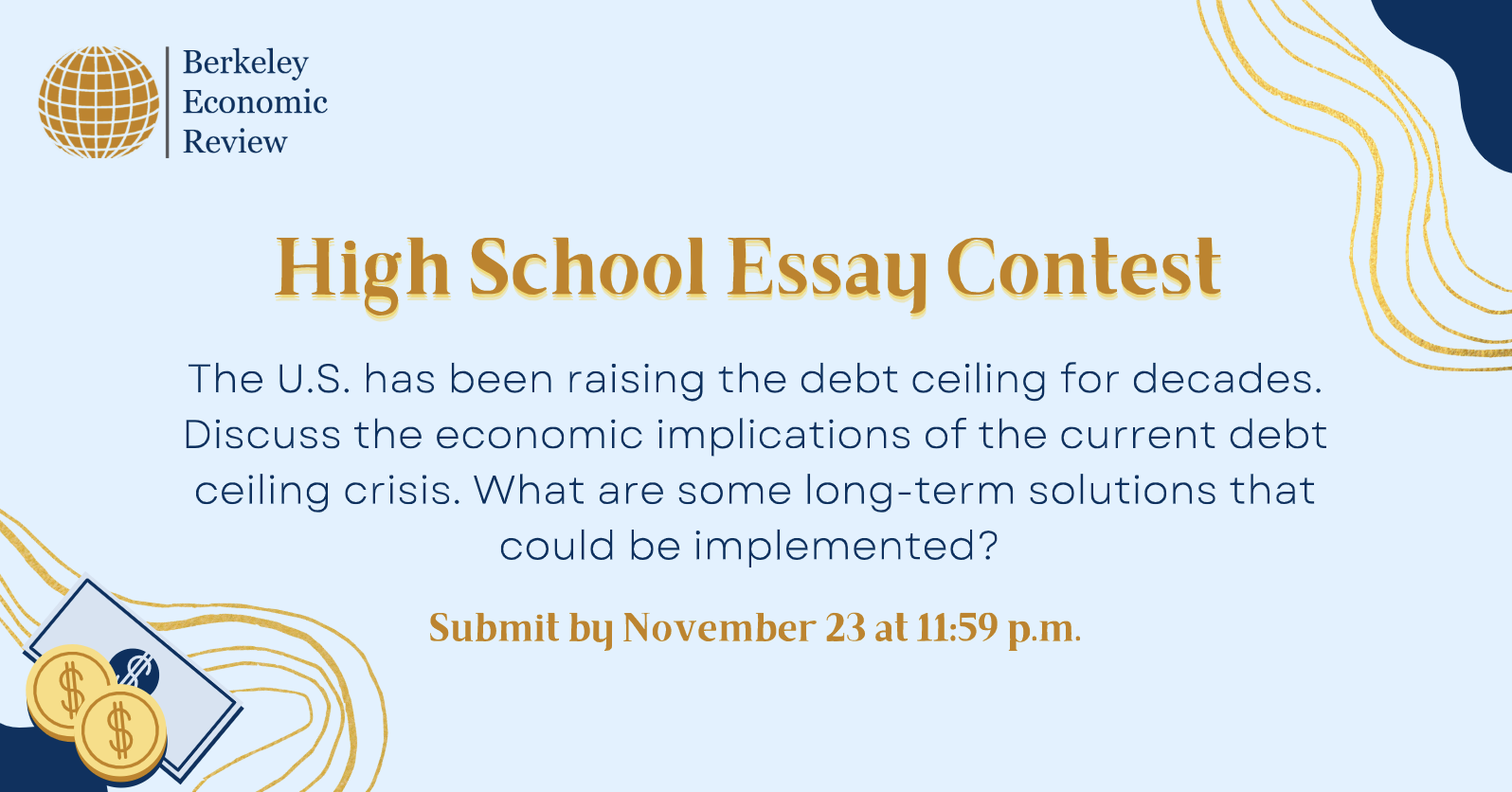
JACOB HEISLER- OCTOBER 19, 2022
EDITOR: FELIX ZHANG
Introduction
For the first time in its history, the PGA Tour faces a threat to its longstanding claim to be the premier golf league in the world. The PGA Tour began when many of the top American golfers broke off from the PGA of America to create a professional-centric golf league in 1967. Since its inception, the PGA Tour has undoubtedly been the best league in the world to join, and all other major golf leagues are either subsidiaries of the PGA Tour, or merely seen as a stepping stone to the PGA Tour.
LIV Golf, backed by Saudi Arabia’s Public Investment Fund, was created in 2021 with the intention to shake up the current professional golf landscape. The league, headed by former PGA Tour star, Greg Norman, quickly gained attention due to the massive sums of money it offered notable PGA Tour players to attract them away from their current league. For example, Phil Mickelson reportedly signed a multi-year deal with a guaranteed $200 million, and Tiger Woods is rumored to have rejected nearly a billion dollars to join LIV Golf. The first LIV Golf Tournament took place in London beginning on June 9, 2022, and as of August 30th, 26 of the top 100 golfers in the world according to the Official World Golf Rankings (OWGR) were part of LIV Golf. That number is falling, not because of quality of play, but because players are ineligible to earn OWGR points in LIV events.
LIV Golf has already caused a contentious divide in the world of golf. Players on each tour have come out with deeply critical statements of those on the opposing tour, and many appear to have icy relations with one another when they have been together at golf’s Major tournaments. The split has also impacted the viewer experience, as having multiple leagues with top players has caused a lower quality talent pool overall in each tour than when all top golfers were exclusively on the PGA Tour. The PGA Tour also immediately indefinitely suspended any player who joined LIV Golf from participating in any PGA Tour or associated events.
In addition to the concerns about the golf itself, the fact that LIV Golf is funded by Saudi Arabia has been a source of much criticism. Saudi Arabia is accused of engaging in sportswashing, a strategy utilized by regimes with poor human rights records to boost their standing throughout the rest of the world and legitimize themselves via high profile sporting events. In order to transform their public image amidst numerous human rights abuses such as the murder of journalist Jamal Khashoggi and regressive policies regarding women, Saudi Arabia has hosted and funded several major sporting events, with LIV Golf being one of their most high profile investments yet.
Payouts on Each Tour
LIV Golf stands out from the PGA Tour, both in terms of the way the golf is played and how the money is earned by the players. On the PGA Tour, there are four rounds in a tournament, and around half of the field is cut after the first two rounds. Players who are cut leave the tournament with no money earned whatsoever over the course of the week. As of the ’21/’22 season, the average purse in a PGA Tour event was approximately $9.1 million. This value was divided amongst the 60 or so players that made the cut in a given event, with players making more the higher they finished on the leaderboard. Money earned on the PGA Tour, therefore, was exclusively determined by individual performance on the course.
LIV Golf, on the other hand, consists of three rounds in a tournament with no cuts and smaller playing fields. Players compete for the individual championship and are placed in cohorts of four for a team championship. A last place finisher in any given tournament receives $120,000, and the first place finisher receives $4 million due to each purse being $25 million. In contrast, only 22 players on the PGA Tour made at least $4 million over the course of the entire season from PGA Tour earnings. Additionally, money can be earned by players in LIV Golf based off how well their team that they are assigned to performs overall. All of this is on top of the aforementioned massive 8- and 9-figure deals that provide guaranteed money regardless of performance, compared with the fact that Tiger Woods is the only player to top $100 million in career earnings on the PGA Tour. There are also benefits for caddies in LIV Golf, namely that their travel and hotel stays are covered.
With the PGA Tour hemorrhaging players at a rate that it has never experienced, the leadership has been forced to adjust many of its business practices and dealings with players. The PGA Tour increased the purses of 12 events to over $20 million, expanded a program to provide bonuses to top players, ensured minimum earnings of at least $500,000 per year for players who participate in at least 15 events, provided $5,000 for each missed cut, and subsidized travel expenses.
These altered criteria are clearly an attempt to mimic LIV Golf’s financial strategies, as the LIV Tour was undoubtedly a financially advantageous choice for players. Additionally, Tiger Woods and Rory McIlroy, two of the most famous figures in golf and strongest opponents of LIV Golf, announced the creation of TGL, a golf league complementary to the PGA Tour that will utilize technology and creative designs to provide a prime-time television golf viewing experience. This league will take inspiration from LIV Golf and incorporate team play into the matches.
Monopolies and Lawsuits
If the PGA Tour was financially able to pay its players something closer to what seems to be the market rate, why didn’t they? As they were the dominant league in terms of prestige and quality of product for so long, it can be argued that they effectively had monopolized the professional golf landscape. Since the PGA Tour controlled the supply of golf content and opportunities, they had the ability to set wages below the market rate. Furthermore, the PGA Tour operates as a nonprofit organization while likely overrepresenting their donations, which allows for additional spending on high-level executives, lobbying, and marketing. LIV Golf, with its attractive schedule and astronomical player payouts, introduced competition.
LIV Golf has entered an antitrust lawsuit alongside several players who were suspended from the PGA Tour after joining LIV Golf, claiming that the PGA Tour has engaged in anticompetitive practices against LIV Golf. The lawsuit alleges that the PGA Tour has threatened to economically punish players and companies that associate with LIV Golf by blacklisting them. Whether the lawsuit is successful remains to be seen, as the trial will not begin until 2024. However, the fact that the PGA Tour engaged in practices that were anticompetitive in nature seems to suggest that it was effectively a monopoly, at least until LIV Golf challenged it. In response, the PGA Tour recently announced a countersuit of LIV Golf, alleging that LIV Golf used their access to inordinately large sums of money to encourage players on the PGA Tour to breach their contracts.
Many of the top sports leagues, such as the NBA, NFL, ATP, and more, could be similarly considered to be monopolies due to the simple fact that they house nearly all the most talented players of their respective sports. Many sports fans and athletes consider this to be a good thing, because this ensures the highest quality product with the greatest competitive intrigue. Nonetheless, the very nature of these leagues’ structure could cause their respective markets to produce at suboptimal levels. The results of these lawsuits could cause long term repercussions for the future of premier sports leagues. If the courts rule that the PGA Tour did engage in anticompetitive actions, that could limit how other leagues could protect their status. If the courts rule that LIV Golf did not mislead and encourage golfers to breach their contracts, other startup leagues with large amounts of liquid cash could use similar methods to lure talent away from other leagues.
The market for professional sports leagues is extremely top-heavy, with many high barriers of entry. LIV Golf is a unique example of a league that was able to successfully enter this market and make a significant impact within it. While the methods used by LIV Golf were certainly effective at attracting talent and attention, it is not necessarily a successful business strategy if profit is the primary objective of an organization. LIV Golf is a success because of how it has changed the landscape of the sport and brought a different type of attention to Saudi Arabia, not because of any type of profit, as the massive investments to the league will require a very long time to reach a profit, if a profit is reached at all. The question that remains: will there be a new surge in startup rival sports leagues in response to evidence of LIV Golf’s success?
Featured Image Source: Yahoo Sports
Disclaimer: The views published in this journal are those of the individual authors or speakers and do not necessarily reflect the position or policy of Berkeley Economic Review staff, the Undergraduate Economics Association, the UC Berkeley Economics Department and faculty, or the University of California, Berkeley in general.



